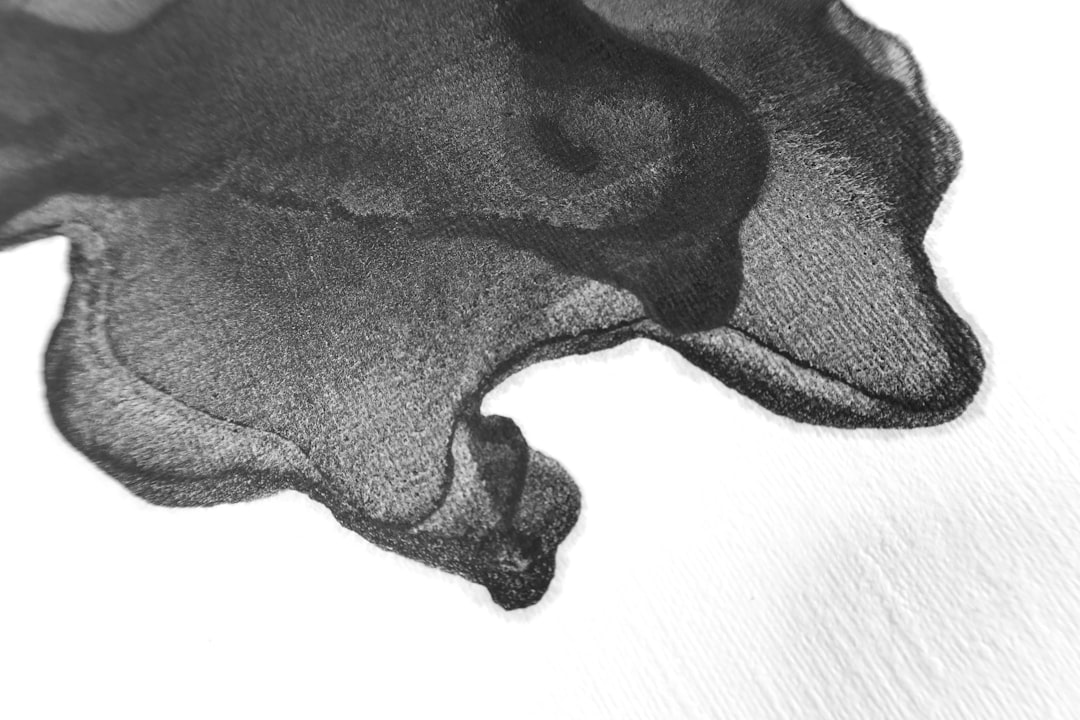- Peakminds Psychology
- Posts
- Projective Tests
Projective Tests
What are they?
What is a Projective Test
A projective test is a type of personality test in which you offer responses to ambiguous scenes, words, or images. Projective techniques in qualitative market research.
A person's responses to a projective test are thought to reflect hidden conflicts or emotions, with the hope that these issues can then be addressed through psychotherapy or other appropriate treatments.
How do Projective Tests Work
Projective tests are based on the idea that people have subconscious thoughts or impulses. The purpose of these tests is to reveal feelings, wants, and conflicts hidden from the conscious mind. Psychoanalysts use these tests to identify unconscious feelings that may be causing issues in a person’s life.
The number of psychology graduate programs that teach projective testing has decreased significantly over the last decade. Despite the controversies surrounding the use of these tests, they are still very popular and are widely used in clinical and forensic contexts.
Types of Projective Tests
The Rorschach Inkblot test
The Rorschach test is one of the earliest projective tests and is still one of the most popular and well-known. It was invented by Swiss psychiatrist, Hermann rorschach, in 1921. The test consists of 10 cards that each represent an indeterminate inkblot. People are presented with each card one at a time. They are asked to write down what they see in each card. The tester records the responses verbatim. Gestures and tone of voice, as well as other reactions, are also recorded.
The Thematic Apperception Test (TAT)
The TAT test involves viewing a series of ambiguous images and then narrating a narrative that describes the scene. The narrative must describe what is going on, how the characters feel, and the outcome of the story. The examiner scores the test according to the main character’s needs, motivations and anxieties, as well as the outcome of the narrative.
The Draw-A-Person Test
This sort of projective test includes precisely what you might envision. Individuals draw a individual and the picture that they made is at that point evaluated by the analyst.
To score the test, the test mediator might see at a number of variables. These may incorporate the estimate of specific parts of the body or highlights, the level of detail given to the figure, as well as the in general shape of the drawing.
A test translator might propose that certain viewpoints of the drawing are characteristic of specific mentalinclinations. In any case, it might basically cruel that the person has destitute drawing aptitudes.
The test has been utilized as a degree of insights in children, but inquire about comparing scores on the Wechsler Preschool and Essential Scale of Insights to the Draw-A-Person test found an awfully moo relationship between the two scores.
The House-Tree-Person Test
In this sort of projective test, individuals are inquired to draw a house, a tree, and a individual. Once the drawing is total, they are inquired a arrangement of questions around the pictures they have drawn.
The test was initially outlined by John Buck and included a arrangement of 60 questions to inquire the respondent, in spite of the fact that test directors may too come up with their possess questions or follow-up inquiries to encourage investigate the subject's reactions. For illustration, the test administrator might ask people who lives in the house, who visits the person who lives there, and if the person who lives there is happy.
